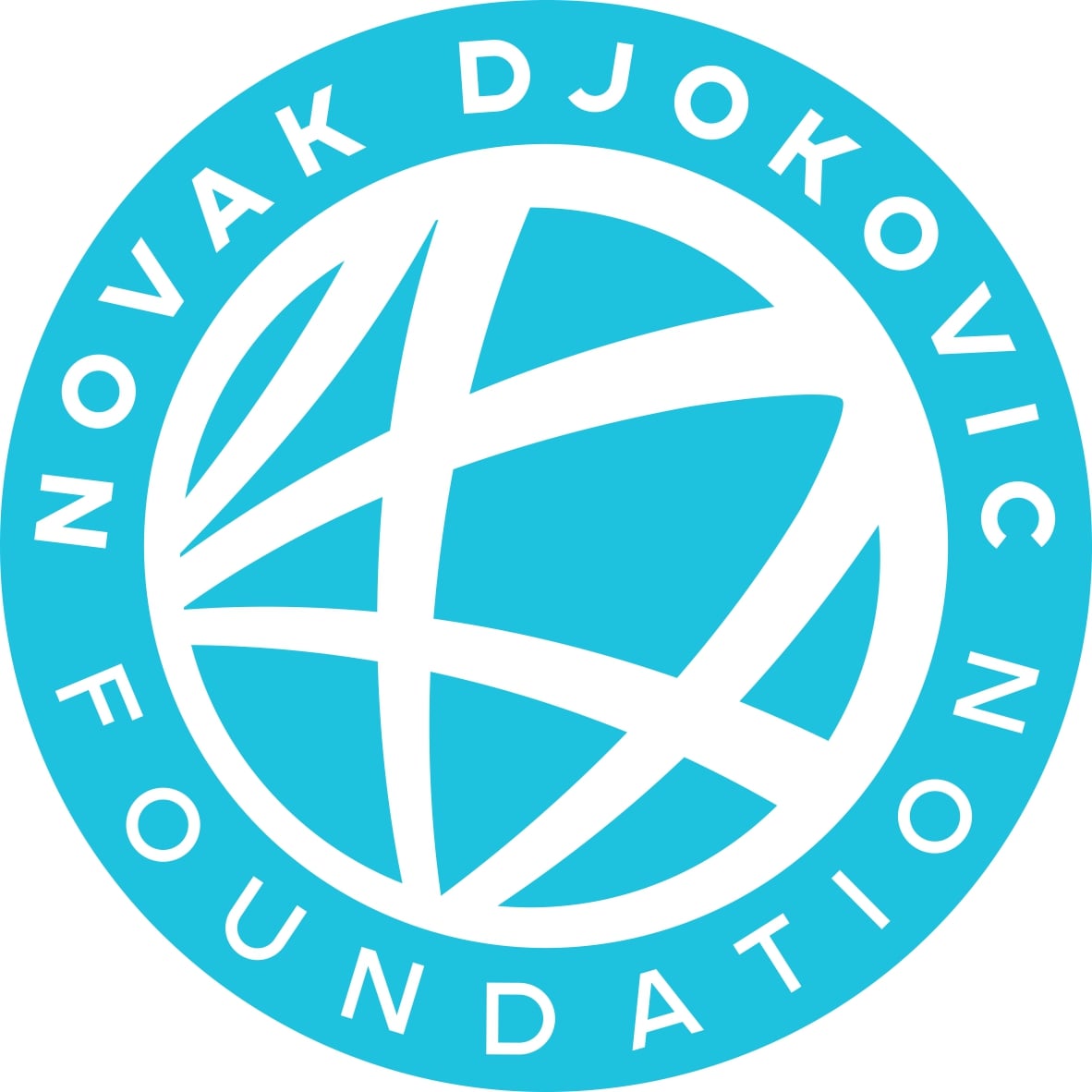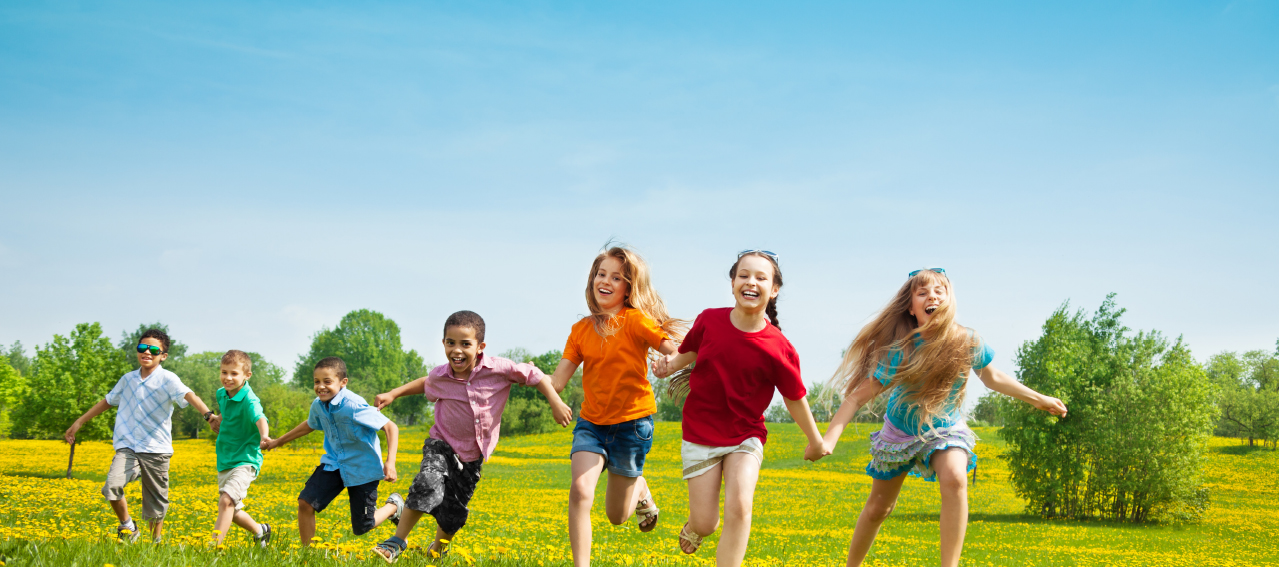
Un progetto di
Feel to Heal
- L'angolo dove tutte le emozioni sono concesse -
Obiettivi e idee del programma?
La parte principale di questo programma consiste nell'allestire uno spazio fisico ("angolo delle emozioni') nelle scuole materne, che funga da terzo educatore e crei opportunità per nuove esperienze e relazioni tra coetanei e adulti, al fine di raggiungere una competenza emotiva.
In questo angolo, i bambini impareranno a parlare apertamente di come si sentono, scopriranno strategie/ modi di gestire le emozioni primarie (rabbia, paura, tristezza...), e impareranno a rilassarsi in situazioni in cui sono sopraffatti da uno stato emotivo spiacevole.
Inoltre, "l'angolo delle emozioni" ha l'obiettivo di sostenere il bisogno dei bambini di un contatto ravvicinato, così come la solitudine, per comprendere meglio le proprie emozioni e sviluppare empatia.
In una parola, condividendo stati emotivi senza timore, i bambini impareranno come "sentirsi per curarsi" ("Feel to Heal").
Lo scopo del programma?
I sentimenti sono parte integrante della vita di ogni essere umano. L'energia delle emozioni è necessaria. Le emozioni non chiedono se possono venire, vengono e basta e allora le capiamo, le consideriamo e diamo loro un nome. Ma, nel mondo di oggi, le emozioni possono anche diventare distruttive e compromettere le relazioni umane.
Nello sviluppo iniziale, il cervello si evolve rapidamente, ma la parte del cervello responsabile dell'autocontrollo si sviluppa più tardi. Questa parte non è completamente sviluppata fino all'età di 25 anni.
È per questo che i bambini hanno difficoltà a gestire le proprie emozioni: spesso non sanno dare un nome all'emozione che provano e, ancora più spesso, non sono consapevoli di ciò di cui hanno bisogno in tali situazioni.
I bambini non imparano l'abilità di gestire le emozioni all'asilo, a scuola o in famiglia. Inoltre, gli adulti di solito, quando i bambini esprimono emozioni (qualsiasi cosa diversa dalla felicità), usano strategie che sopprimono e negano quelle emozioni. Se insegniamo ai bambini solo a sopprimere e trattenere le emozioni per sé, accumuleranno "polvere da sparo", che dopo una scintilla, potrà diventare una "bomba".
Il modo in cui gli adulti trattano le emozioni dei loro figli influenza ulteriormente il modo in cui i bambini gestiranno i propri sentimenti in futuro e il modo in cui i bambini agiranno nelle relazioni familiari, lavorative e sociali.
Ecco perché è di estrema importanza insegnare ai bambini fin dalla più tenera età a riconoscere, nominare e controllare le proprie emozioni, così come a riconoscere le emozioni degli altri.
Perché sostenere questo programma?
1) Lo sviluppo dell'educazione emotiva nei bambini è la base per il successo in tutti le sfere della vita. I ricercatori hanno dimostrato che le persone emotivamente qualificate hanno: maggiore autocontrollo, combattività, perseveranza, auto-motivazione, compassione, capacità di stabilire e raggiungere obiettivi personali e professionali, una migliore salute fisica e mentale, relazioni più profonde con gli altri e un vantaggio generale in tutti gli aspetti della vita. Inoltre, le persone che sanno come controllare le proprie emozioni hanno meno probabilità di essere depressi o di abusare di droghe e alcol (Berking&Wupperman, 2012; Gross & John, 2003; Ivcevic & Brackett, 2014; Raver, Garner, & Smith-Donald, 2007; Vaillant, 2002).
2) Questo programma servirà come "prevenzione precoce" ("Early Prevention") - molti sentimenti repressi nell'infanzia creano un serio problema nella vita adulta. Anche i sentimenti si trasmettono in modo transgenerazionale e, a volte, è interrompere questo ciclo. La tristezza accumulata può facilmente trasformarsi in depressione, la paura in ansia, la rabbia in aggressività, il tutto senza mai lasciare spazio alla felicità.
3) Attraverso questo programma, in un unico luogo i bambini riceveranno tutto il necessario per imparare a controllare le loro emozioni. Ovvero: un ambiente sicuro e stimolante creato dai genitori e da altri adulti, routine (ai bambini piace la prevedibilità) e chiari limiti, ascolto e apprezzamento da parte degli adulti, esempi positivi di come gli adulti gestiscono le proprie emozioni e comportamenti, sostegno da parte degli adulti quando sono arrabbiati, ed infine tempo libero per giocare e imparare seguendo il proprio ritmo.
Struttura ed attuazione del programma:
- Il programma consiste in:
• Attrezzare lo spazio nelle scuole materne per creare un "angolo delle emozioni" in cui gli educatori formati lavoreranno sull'attuazione del programma.
• Fornire il materiale didattico necessario per la formazione dell'educatore, compreso il manuale per lavorare con i bambini. Abbiamo sviluppato i seguenti strumenti didattici: Schede dei Sentimenti, Misuratore di Emozioni (misuratore di paura, misuratore di tristezza, misuratore di rabbia, misuratore di felicità), una Scuola di Sentimenti ed Esigenze (creata come scuola per il gioco dei bambini), pupazzo Ginjol che l'educatore utilizzerà per simulare conversazioni con i bambini, imitando i ruoli dei bambini e i loro sentimenti
• Formazione degli educatori del programma
• Attuazione del programma in età prescolare (a seconda del budget del programma, verrà determinato quanti istituti materni parteciperanno al programma. L'idea è di includere almeno 15 scuole materne in tutta la Serbia; l'attuazione inizierà non appena saranno raccolti fondi sufficienti)
• Valutazione e monitoraggio del programma
- Gli educatori saranno insegnanti/educatori/bambini professionisti, motivati e proattivi.
- Dopo aver ricevuto la formazione, gli educatori saranno in grado di:
• partecipare alla formazione organizzata dalla fondazione
• realizzare attività con i bambini
• monitorare il lavoro durante l'attuazione del programma / creare un portafoglio di lavoro con i bambini
• riferire alla fondazione gli sviluppi riguardo il loro lavoro
• consentire ai rappresentanti della fondazione di assistere alla realizzazione delle attività
• contribuire attraverso il miglioramento del programma
- È stato dimostrato che il modo più veloce ed efficace per imparare e ricordare è quando le informazioni arrivano simultaneamente attraverso due o più sensi (vista, udito, tatto). Questo crea una connessione tra il lato sinistro e destro del cervello, attivando il cervello alla sua piena capacità.
- Ecco perché la metodologia di lavoro con i bambini sarà:
• Visiva (a vista)
• Uditiva (ascolto)
• Cinestetica (tocco, sensazione)
ENGLISH VERSION:
- the corner in which all emotions are granted -
Program objectives and goals?
The main part of the program consists in setting up a physical space ("corner for emotions") in preschools, serving as a third educator, and creating opportunities for new experiences and relationships between peers and adults in order to achieve emotional competence.
In such corner, children, with the support of adults, will discover strategies/ways of managing basic emotions (anger, fear, sadness...), and how to relax in situations in which they are overwhelmed by an unpleasant emotional state.
Moreover, the "corner for emotions" will support children's need for close contact, as well as combating loneliness in order to better understand their emotions and develop empathy.
In one word, by sharing their emotional states without fear, children will learn to "Feel to Heal".
The purpose of the program?
Feelings are an integral part of every human being's life. The energy of emotions is necessary. Emotions do not ask if they can come, they just come and then we understand them, consider them and give them a name. But, in today's world, emotions can also become destructive and undermine human relationships.
In early development, the brain evolves rapidly, but the part of the brain responsible for self-control develops at later stages. In fact, this part is not fully developed until the age of 25.
That's why children have trouble managing their emotions: they often can't name the emotion they're feeling, and even more often, they aren't aware of what they need in such situations.
Children do not learn the skill of managing emotions in kindergarten, school, or family. In addition, adults usually, when children express emotions (anything other than happiness), use strategies that suppress and deny those emotions. If we teach children only to suppress and withhold emotions for themselves, they will accumulate "gunpowder," which after one spark, can become a "bomb."
How adults handle their children's emotions further influences how children will handle their feelings in the future and how children will act in family, work and social relationships.
That is why it is of utmost importance to teach children from an early age to recognize, name and control their own emotions, as well as to recognize the emotions of others.
Why support this program?
1) Developing emotional literacy in children is the foundation for success in all aspects of life. Researchers have shown that emotionally skilled people have: greater self-control, combativeness, perseverance, self-motivation, compassion, ability to set and achieve personal and professional goals, better physical and mental health, deeper relationships with others, and an overall advantage in all aspects of life. In addition, people who know how to control their emotions are less likely to be depressed or abuse drugs and alcohol (Berking&Wupperman, 2012; Gross & John, 2003; Ivcevic & Brackett, 2014; Raver, Garner, & Smith-Donald, 2007; Vaillant, 2002).
2) This program will serve as "early prevention" - many feelings repressed in childhood create a serious problem in adult life. Feelings are also transmitted transgenerationally and sometimes it is necessary to break this cycle. Accumulated sadness can easily turn into depression, fear into anxiety, anger into aggression, all without ever leaving room for happiness.
3) Through this program, in one place, children will receive everything they need to learn to control their emotions. That is: a safe and nurturing environment created by parents and other adults, routines (children like predictability) and clear boundaries, listening and appreciation from adults, positive examples of how adults manage their emotions and behaviors, support from adults when they are angry, and finally unstructured time to play and learn at their own pace.
Implementation and structure of the program?
- The program consists of:
• Equipping space in preschools to create a "corner for emotions" where trained educators will work on implementing the program.
• Providing the necessary educational materials for educator training, including a manual for working with children. We have developed the following teaching tools: Feelings Cards, Emotion Meter (fear meter, sadness meter, anger meter, happiness meter), a School of Feelings and Needs (created as a school for children to play), Ginjol puppet that the educator will use to simulate conversations with children, imitating children's roles and feelings
• Training of educators in the program
• Implementation during preschool years (depending on the program budget, it will be determined how many preschools will participate in the program. The idea is to include at least 15 preschools throughout Serbia; implementation will begin as soon as sufficient funds are raised)ù
• Evaluation and monitoring of the program
- Educators will be professional, motivated and proactive teachers/educators/children.
- After receiving training, educators will be able to:
• participate in training organized by the foundation
• implement activities with children
• monitor work during the implementation of the program / create a portfolio of work with children
• report to the foundation on developments in their work
• allow representatives of the foundation to assist in the implementation of activities
• contribute through the improvement of the program
- It has been shown that the fastest and most effective way to learn and remember is when information comes simultaneously through two or more senses (sight, hearing, touch). This creates a connection between the left and right sides of the brain, activating the brain to its full capacity.
- This is why the methodology for working with children will be:
• Visual (seeing)
• Auditory (listening)
• Kinesthetic (touch, feeling)
